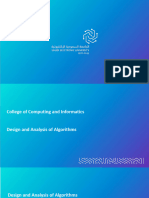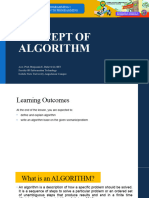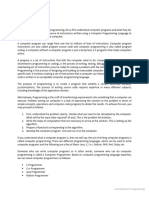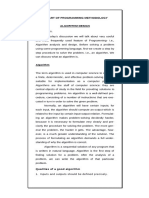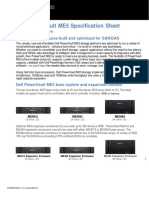0% found this document useful (0 votes)
9 views2 pagesAlgorithm
An algorithm is a step-by-step set of instructions for solving a problem using a computer. The document outlines the basic structure of problem-solving, including defining a problem, creating an algorithm, providing inputs, processing, and obtaining outputs. It also provides examples of algorithms for making hot chocolate, adding two numbers, and safely logging into a school computer, along with the advantages of using algorithms.
Uploaded by
rahidhapCopyright
© © All Rights Reserved
We take content rights seriously. If you suspect this is your content, claim it here.
Available Formats
Download as PDF, TXT or read online on Scribd
0% found this document useful (0 votes)
9 views2 pagesAlgorithm
An algorithm is a step-by-step set of instructions for solving a problem using a computer. The document outlines the basic structure of problem-solving, including defining a problem, creating an algorithm, providing inputs, processing, and obtaining outputs. It also provides examples of algorithms for making hot chocolate, adding two numbers, and safely logging into a school computer, along with the advantages of using algorithms.
Uploaded by
rahidhapCopyright
© © All Rights Reserved
We take content rights seriously. If you suspect this is your content, claim it here.
Available Formats
Download as PDF, TXT or read online on Scribd
/ 2













